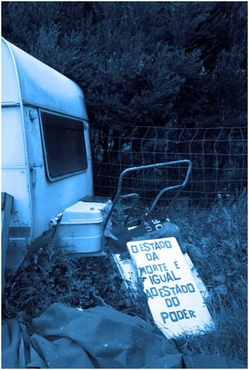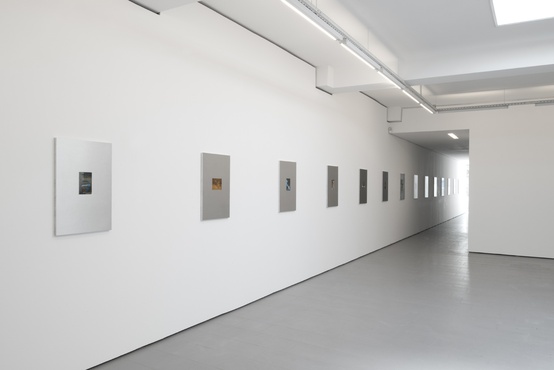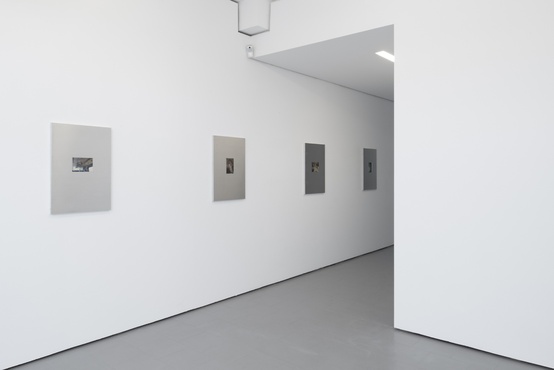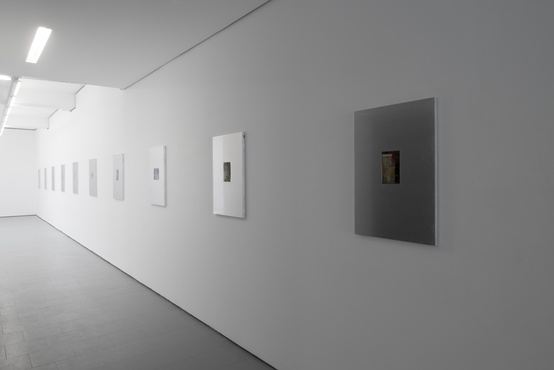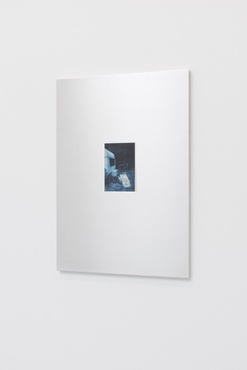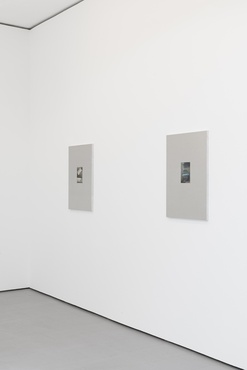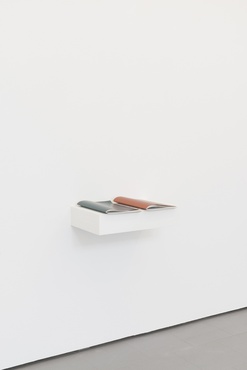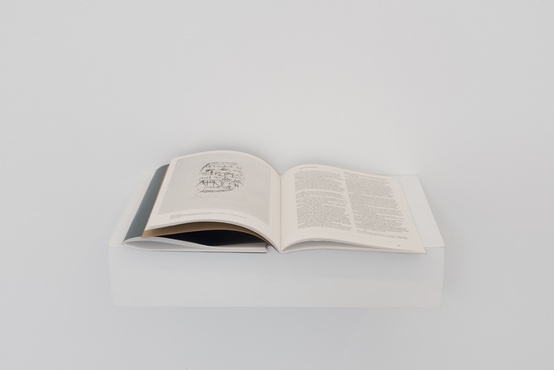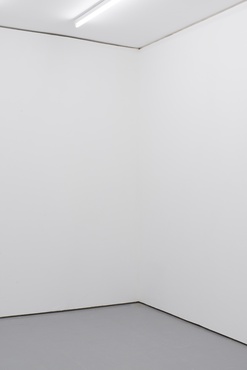I prefer the machines that serve not to work: when filled with sand, ants and moss - they may one day raise flowers by miracle.
(objects without function have much attachment to abandonment.)
Manoel de Barros, Livro sobre Nada
The objects presented in Amo-te na boca by Hugo Canoilas are a negation of themselves as objects. Instead of unifying they expand. Instead of turning in upon themselves, these objects unfold their sense to embrace a time and a space which are extraneous to the materiality that forms their body. They are resolute in a transgression of the precepts which command objects' production and dissemination. Nevertheless, they are still objects. A poetic force extinguishes from the moment the objects take part in the political economical set. These poetics' redemption demands the dissolution of certain materiality's properties.
The representation of the world seems to be achievable when one creates objects whose utility is in its trade value. Amo-te na boca subverts this process by presenting hybrid objects that pervert hard matter's properties, once trespassed by fleeting elements whose materialization and fixation remain unattainable.
Despite its flat opacity the aluminum plate acts as an inverted mirror or a window through which we can see the abandoned materials in the landscape, where they open a wound. The seeming spoils are the origin of the works that we see now. They return in a materialized now, closed and framed in two dimensions. We are faced towards one and the same object - what lies in the landscape and the aluminum plate. The rescue gives us the two compasses required to start the movement.
The sentences we read lead us to the realm of a flighty ravage with a sarcasm that burlesques its own ruin. The objects are slightly touched by a poetic sense. We grasp the idea behind the word just to let it go. Its immateriality remains foreigner where a tradable useful materiality reigns. The word lasts as long as it does not have a market price. The objects are ravished but acquitted by the inscription, such as the landscape by those objects. They became intangible. For only the intangible can be portrayed.



